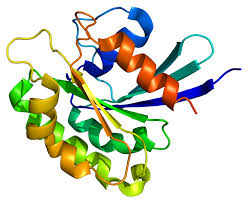Code
While other sections contain code, this is for coding projects that cannot be categorized into other sections.
SuperFoldAE: Enhancing Protein Fold Classification with Autoencoders

Project Overview:
In this paper, we explore the design and application of deep learning architectures for protein structure prediction, leveraging supervised autoencoders to classify structural folds with enhanced generalization and stability. By incorporating auxiliary reconstruction tasks, we aim to improve the robustness of the representations, tackling some key challenges in complex biological data interpretation. We learned how to utilize a High-Performance Computing (HPC) cluster to efficiently train deep learning models on large-scale protein datasets. The paper is published by Springer as part of the CCIS series and was presented at the Computational Structural Bioinformatics Workshop 2024.
My Contributions:
Research:
Conducted extensive research on deep learning architectures for protein structure prediction, focusing on supervised autoencoders for fold classification.
Hyperparameter Optimization:
Tuned hyperparameters of deep learning models to improve generalization and accuracy, achieving substantial performance improvements on test data.
Collaborative Research & Communication:
Collaborated closely with research partners, contributed to scholarly publications, and presented findings at a national workshop.
Funding Proposal Writing:
Authored a successful Professional Development Fund proposal to secure financial support for conference attendance.
Simple Image Generator

Project Overview:
This project is a Stable Diffusion text-to-image generator. The project includes an interactive UI in which the user can type into a text box and the image loads onto the side. The UI includes options to adjust the image generation process, such as dimension modifications, negative prompt options, batch size modifications, and more.
My Contributions:
Created the application that housed the stable diffusion model and worked on combining the front end with the back-end.
Snake Game

Project Overview:
Snake game ran in the terminal, written in C++. The objective is to collect food to grow while avoiding collision with the walls or own tail.
My Contributions:
Individual project, all code written by me.